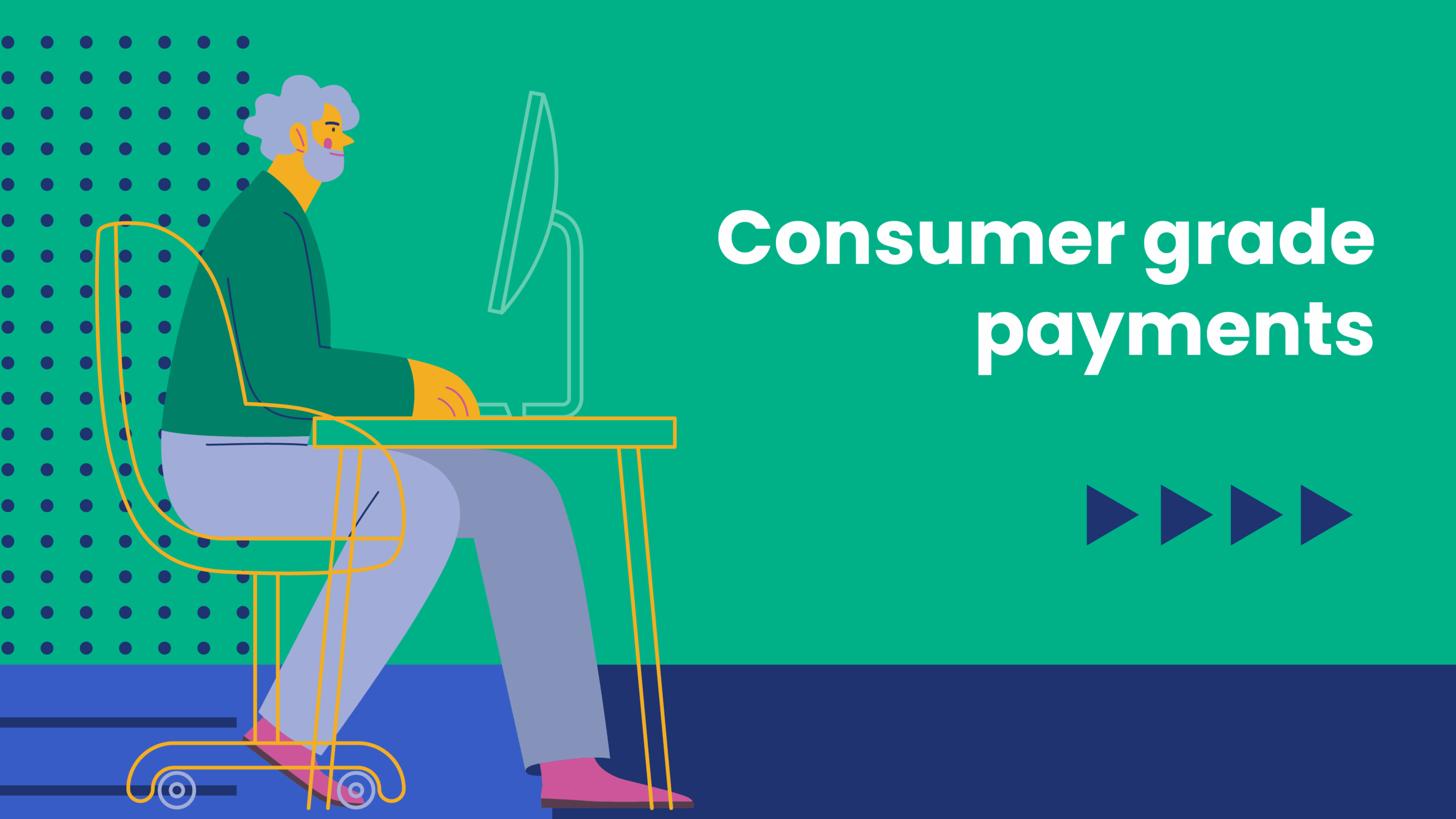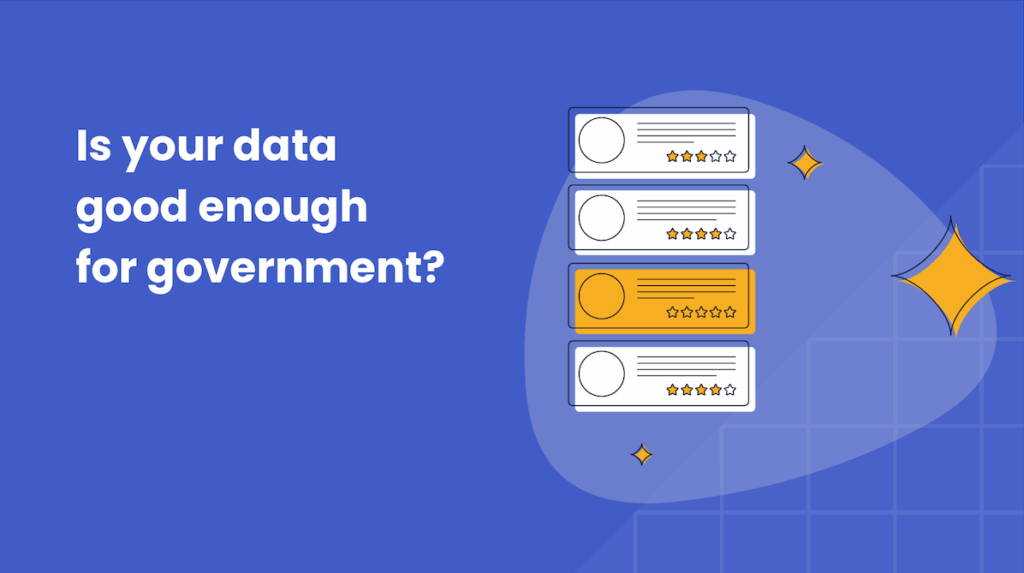Constituents to consumers: Now is the time to bring user-friendly payments to government agencies

In the digital era, consumer-grade payment technology has transformed the way financial transactions take place. While the private sector has been at the forefront of these advancements, consumers have come to expect convenient, seamless transactions everywhere they go. By integrating modern payment solutions, government bodies can not only streamline processes and enhance convenience for residents but also tap into a significant opportunity for revenue growth.
There are five key ways that government agencies can incorporate consumer-grade payment technology to drive revenue growth through convenience:
1. Expand payment channels
By introducing consumer-grade payment technology, government agencies can expand their payment channels — even offering options that extend beyond the scope of the agency’s office. The most common starting place is an online payment portal, but there are opportunities to be even more inclusive by accepting payments by phone using Interactive Voice Response (IVR) and cash payments at local retailers.
This expansion of payment channels increases the likelihood of on-time payments (reducing outstanding receivables) and ultimately boosts revenue for government agencies.
2. Improve collection efficiency
Advanced payment technology streamlines the collection process for government agencies. Automated payment systems reduce the need for manual intervention, minimizing the chances of errors or delays and reducing the workload for agency staff. Convenient payment options for residents (such as delivering electronic bills, setting up automatic payments, and paying in installments) go hand-in-hand with an accelerated collection cycle, leading to improved cash flow. Real-time payment processing also enables quicker fund availability, enabling agencies of all sizes to allocate resources efficiently and invest in critical projects.
3. Minimize revenue leakage
Traditional payment methods can result in revenue leakage due to errors, fraud, or mishandling. Luckily, modern payment technology mitigates many of these risks.
For example, electronic records and automated reconciliation systems create a robust audit trail, making it easier to identify and rectify discrepancies. By reducing revenue leakage, government agencies can maximize their financial resources, ensuring that money is channeled toward the services that matter most.
4. Enhance compliance and enforcement
With advancements in payment technology come additional tools to enforce compliance with regulations and policies. Automated systems can integrate real-time verification and validation processes, ensuring that payments meet all necessary criteria and reducing the likelihood of incomplete payments while boosting revenue collection. Moreover, digital payment solutions enable efficient monitoring and enforcement of fines, fees, and taxes.
5. Leveraging data insights
Digitizing payments generates a wealth of data that government agencies can leverage for revenue growth. Analyzing payment trends, patterns, and customer behavior makes it easier to understand where revenue is really coming from — and where there are opportunities for improvement.
Ultimately, data insights from modern, consumer-grade payment tech enable government agencies to tailor their services to meet resident needs while also optimizing for revenue growth.
Technology creates a better experience for agencies and residents
Government agencies stand to benefit significantly from embracing consumer-grade payment technology. By leveraging the convenience provided by these solutions, agencies can drive revenue growth while improving operational efficiency, enhancing compliance, and minimizing revenue leakage.
The expansion of payment channels, improved collection efficiency, and the ability to leverage data insights all contribute to revenue optimization for government agencies. Agencies are set up for a win-win situation: They can enhance resident experiences while maximizing revenue to invest in public services and drive economic growth.
Looking for more content?
Get articles and insights from our monthly newsletter.




